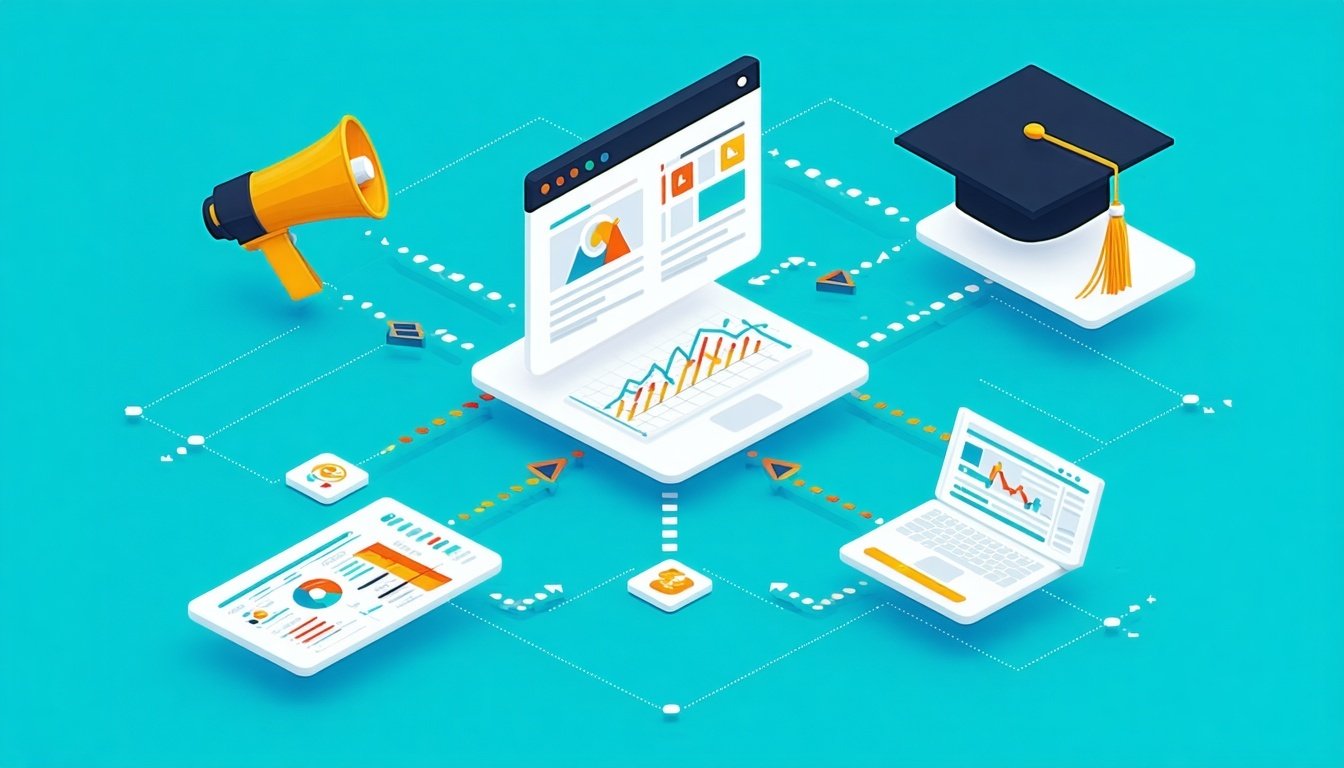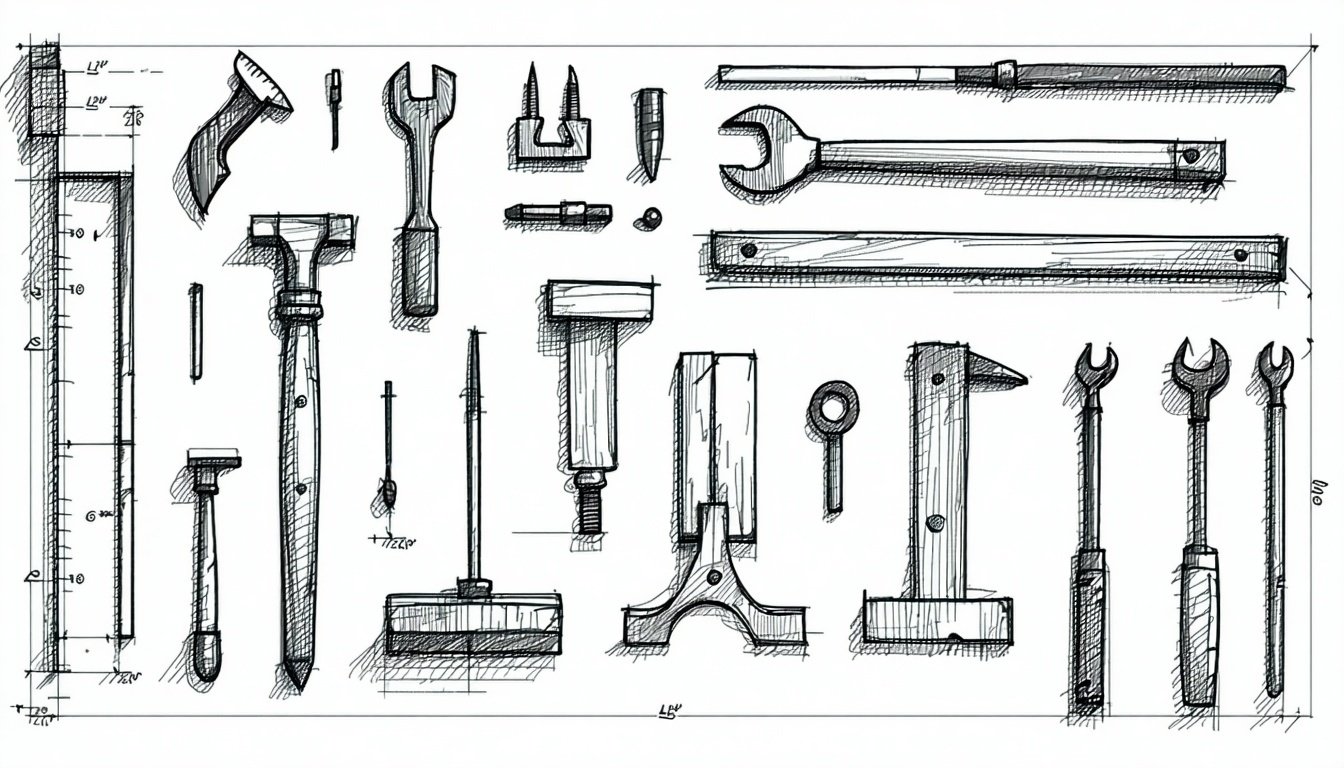

Table of Contents
When I stepped into leading HubSpot Academy, my background wasn’t in marketing; it was in education, curriculum design, and operations. I was deeply committed to creating high-quality, effective learning experiences. But as the Academy matured, it became clear that building great content wasn’t enough.
To scale our impact and reach more learners, we needed to grow. A lot. And fast. That meant thinking differently, treating education not just as content delivery, but as a product that needed visibility, adoption, and advocacy. It’s what pushed me to start learning from the best marketers around me and develop repeatable strategies that any Customer Education leader could use to drive program growth.
Why Marketing Your Academy Program Matters
I know the word marketing can be off-putting if you’re coming from an education or product background. But here’s the thing:
If you want to drive impact, you have to drive awareness.
Writing a great course overview? That’s marketing. Sharing testimonials in your registration flow? Also marketing. And if you want your education to reach more people, you need to start treating growth like part of the job, not a nice-to-have.
Framework 1: Internal Marketing
Internal marketing is all about using your company’s existing systems, people, and processes to scale your education reach. It’s about becoming a multiplier within the org.
The first step? Map your customer journey and look for what I call Magic Moments - those key points where education can create value. This might be:
-
Right after purchase
-
First login
-
New user onboarding
-
Admin turnover
-
Feature releases
Once you’ve found those moments, you need to embed your training into how the business operates. Here’s how we did it at HubSpot, and how you can do it, too:
Partner with Customer Success
-
Equip CSMs with onboarding course links as part of their welcome workflows.
-
Build internal playbooks that help CSMs identify accounts that would benefit from specific modules.
-
Offer CSM-triggered nudges for at-risk accounts tied to your education program.
Partner with Sales
-
Use certifications or onboarding courses as part of the sales pitch to show value and readiness.
-
Create a “starter training” package that helps set expectations and reduce friction during handoff.
Partner with Product
-
Embed contextual links to training directly in the product (just-in-time learning).
-
Align new feature releases with quick learning paths to drive adoption.
Partner with Marketing
-
Collaborate with lifecycle or product marketers to include education CTAs in campaigns.
-
Promote live learning or onboarding sessions at in-person events or customer webinars.
Partner with L&D
-
Use Academy content to onboard new employees, especially those in customer-facing roles.
-
This builds internal awareness, confidence, and advocacy for your program.
Bottom line: don’t just build learning for your customers. Build internal alignment with your company so the entire team becomes a distribution engine for education.
Framework 2: External Marketing
This is where you (or your team) step into marketer mode.
There are two main levers to pull:
1. Optimize Your Funnel
Think of your Academy like a product. You have a user journey. You have conversion points. You can improve it.
At HubSpot, I treated our course pages, certification overviews, and email sequences like top, middle, and bottom-of-funnel content.
Your learners move through stages just like your customers do:
-
Problem-aware: They know they need help but aren’t sure where to look.
-
Solution-aware: They start comparing options.
-
Product-aware: They choose your training to solve their need.
Ask yourself:
-
Are you showing up in search results when they’re looking for help?
-
Is your course overview page compelling enough to convert?
-
Are you guiding them from discovery to registration to completion?
Here are some metrics we used to optimize our learner funnel:
-
Course page views → Sign-up rate
-
Sign-ups → Course start rate
-
Start → Completion rate
-
Completion → Certification pass rate
This type of data helps you identify where drop-off is happening and how to fix it.
2. Fill the Funnel
Once your funnel is healthy, it's time to drive traffic into it.
Some proven tactics:
-
SEO-optimized course pages
-
Backlinking and cross-linking to get included in "top industry certifications" lists
-
Customer success stories and testimonials shared on social
-
Guest posts or Medium content to drive awareness
-
Word-of-mouth through affiliate or advocacy programs
The goal here is to increase visibility and interest in the education you’ve already created, without reinventing the wheel.
Framework 3: Pick the Right Strategy for Your Stage
Not every company or team needs to adopt both frameworks fully. In fact, where you start depends on your size, team structure, and internal buy-in.
Here’s a simplified way to think about it:
| You have... | Start with... |
|---|---|
| A strong internal network but no marketing support | Internal marketing |
| A nimble team and digital-savvy mindset | External marketing |
| A mature program with an ops team behind you | Both and layer on funnel optimization |
What We Do at SaaS Academy Advisors
At SaaS Academy Advisors, I now spend my time advising high-growth B2B SaaS companies on exactly this: how to build and scale education programs that actually grow.
Whether you’re launching your first certification or trying to take your Academy global, these frameworks work. And if you're not sure where to start or how to tailor these to your team, we're always happy to talk - no sales pitch, just honest advice.
Let’s help you 10x your learner growth (with a lot less guesswork than I had back in the day).
Dig Deeper

Join the conversation with other SaaS education leaders. Share your insights or ask a question.

Explore the templates and frameworks we recommend to put these ideas into action.

.png?width=75&height=152&name=saas_academy_logo%20(2).png)
.png?width=104&height=152&name=saas_academy_logo%20(1).png)